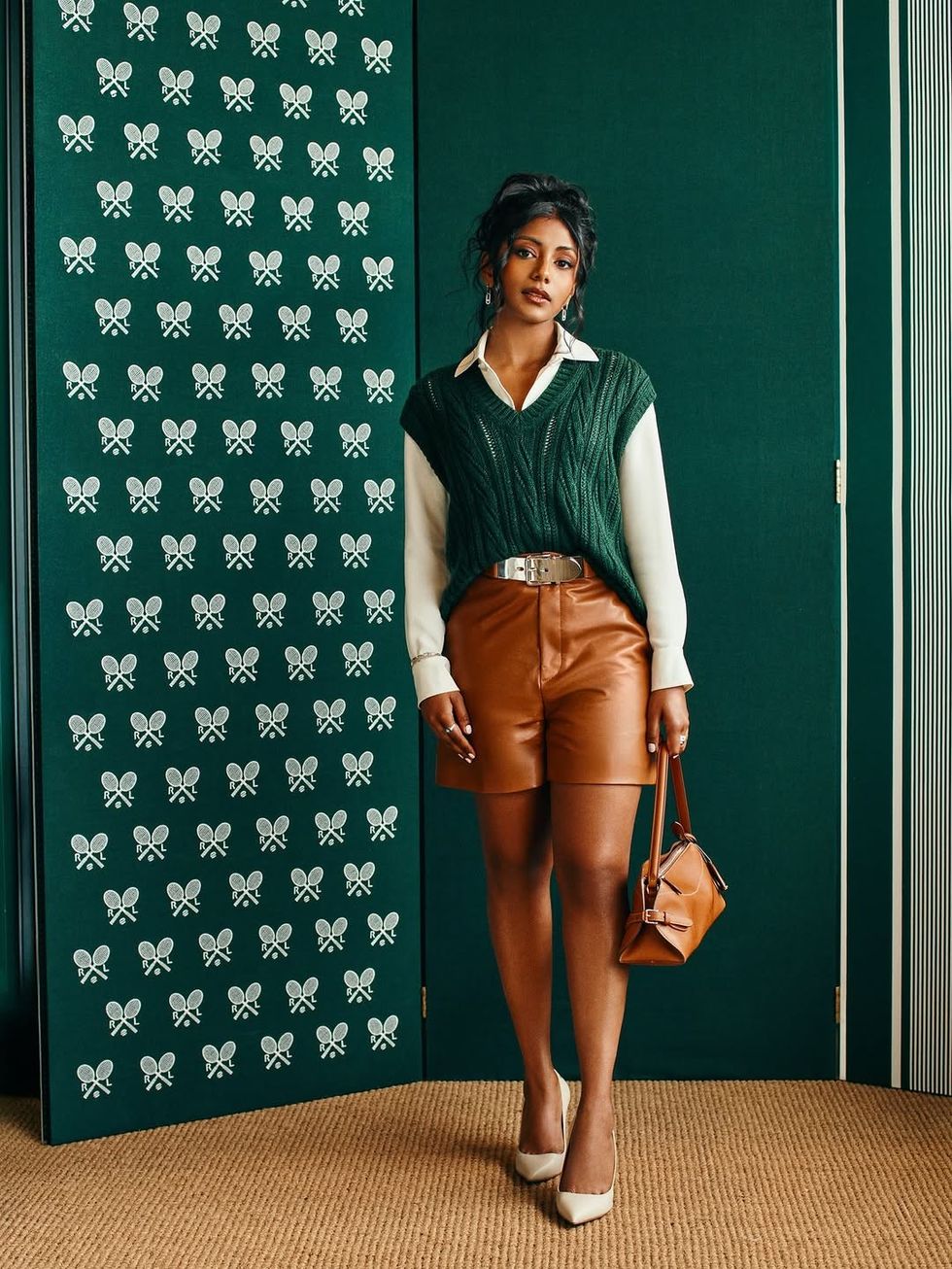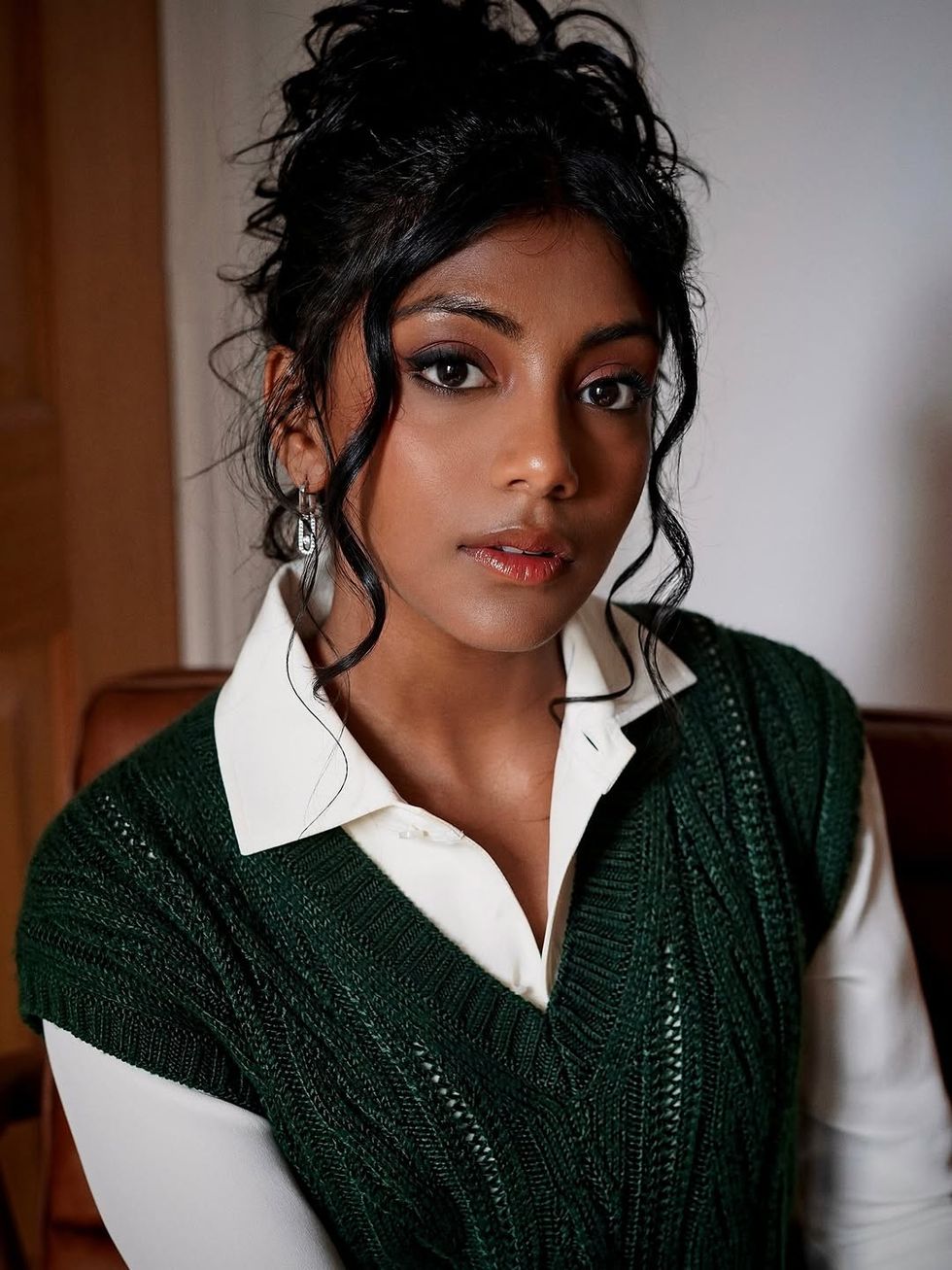FOOD WRITER SEETAL SAVLA DISCUSSES HER EMOTIONAL IVF JOURNEY
by MITA MISTRY
THE Covid-19 lockdown is having a detrimental effect on lives globally, but for many couples trying for a child it is a devastating time because fertility treatments have been indefinitely postponed and some feel they are running out of time.
As each day of lockdown progresses they feel like their chances of having a biological child are shrinking and it’s particularly terrifying for women who feel like their egg reserves are dwindling.
British Asian food writer Seetal Savla has been married for 11 years to her husband Neil and after suffering an early miscarriage from a biological pregnancy, has been trying for a baby for over four years. She has gone through three unsuccessful IVF cycles and a fourth has been interrupted due to the Covid-19 lockdown. The struggle has been made harder by an out dated cultural legacy that looks down on a woman who can’t conceive.
Eastern Eye caught up with Savla to talk about her deeply emotional IVF journey, key advice for infertile couples and her future hopes.
Please tell us about your fertility journey?
My husband and I suffered an early miscarriage from a natural pregnancy in 2016-2017. Until then, he’d expressed a stronger desire to become a parent than I had, but this devastating loss was my catalyst to be proactive. It was a wakeup call for two reasons: we’d been married for eight years and this was our sole pregnancy, plus it made me realise how much I wanted children. Amid all the pressure to procreate, I’d suppressed my feelings, which had finally surfaced. We sought fertility treatment shortly afterwards, through the NHS and then private clinics. However, our fourth cycle has been postponed indefinitely due to Covid-19, which is frustrating.
How does it feel going through a cycle of IVF?
It depends on the clinic, your protocol, the medications and your reaction to them, whether you’re working, among others. During my first cycle, I felt overwhelmed. In hindsight, it was a breeze compared to the private clinic we chose for our second and third rounds. It was information and medication overload, which hit me so hard one day that I ended up in tears in the nurse’s office. On any given day, I flitted between anger that we had to undergo IVF, gratitude that we could afford it, shame, guilt and hatred towards my dysfunctional body, muted excitement about a positive outcome and fear of another failure.
How did it affect your daily life?
The NHS cycle was so light that I continued to work and socialise. For the private rounds, it was a full-time job doing daily blood tests and scans, taking five to six different injections, plus pills and pessaries, at specific times throughout the day; it took over my life. By this time, I had changed jobs and did what I could around appointments until I was laid off for business reasons. Although being unemployed was a shock, the silver lining was that I had the headspace and time to fully focus on my relentless IVF schedule.
What is the hardest part of dealing with IVF/infertility?
Undergoing IVF is like being on a never-ending rollercoaster ride: you are up and down emotionally. Each cycle is testing in different ways, with the toughest challenges being recovering from the heartbreak of yet another failed round and trying to remain hopeful when that final phone call only ever brings bad news. It hurts even more when the treatment overshadows your special occasions, such as our 10th anniversary, which was spent in blustery Brighton instead of beautiful Bali.
How did your family and friends help?
We told our immediate families and close friends from the outset, all of whom were supportive. That said, we didn’t divulge how traumatic the experience was, so they were taken aback when they read my first blog post revealing what went on behind closed doors. Having my sister, best friend and mother-in-law accompany me during certain clinic visits was also comforting. Furthermore, discovering the TTC community (Trying To Conceive) via Instagram was a lifeline as they instantly understood my hopes, fears and heartache.
Did you get community support?
Our extended families have been a great source of support. By checking in with us to see how we’re coping, rooting for us and sending heartfelt messages after unsuccessful cycles, they’ve given us considerable strength to keep going when we were close to giving up. It can be extremely difficult to know what to say to someone when their pain is so raw, but some people are naturally empathic and their words have soothed me.
Did you seek any other professional help?
I started therapy after our third cycle. I sometimes find it easier to talk to strangers about my struggles. Therapists only have the backstory you share; they’re not personally invested in you, so they won’t try to fix your problems with platitudes or fertility success stories. You get a neutral perspective and don’t feel guilty for constantly talking about yourself as you’re paying them to listen. With family and friends, you’re conscious that you’re offloading on them, you don’t want to worry them and they have their own issues.
What advice would you give someone going through IVF and infertility?
I recommend starting with the HFEA website (Human Fertilisation and Embryology Authority), which offers plenty of information about fertility treatments, funding, egg, sperm or embryo donation and UK clinics. Speaking of clinics, don’t feel obliged to stick to the same one – it’s okay to move if your original choice no longer works. Similarly, shop around when buying meds as prices vary (supermarket pharmacies are often the cheapest). Also, injecting yourself won’t be as bad as you imagine (unless you’re prescribed intramuscular injections). Lastly, there are many online and offline support networks, so please don’t suffer in silence.
In what ways could all those women going through IVF/infertility be better supported?
A one-size-fits-all solution is impossible because we’re all different. For me, being advised to ‘just relax’ or ‘stay strong and be positive’ is irritating as these words fail to acknowledge my inner turmoil. Instead of platitudes or pity, something like, ‘I’m sorry, this is s**t and I’m thinking of you’ works well. Ask how they are, just listen and don’t advise.
What would you say are your hopes for the future?
To have a happy and healthy baby. It’s hard to make plans given the uncertainty around Covid-19, but a baby would be miraculous. While I admire the determination of those who won’t quit until they achieve their goal, reaching double digits for cycles, we couldn’t continue without an end date. Being on the IVF treadmill is physically, mentally, emotionally and financially draining. If success eludes us, we will explore alternatives, starting with anonymous donor eggs. However, we do not want infertility to define us and some of us are ready to call time sooner than others.
Visit www.savlafaire.com, Twitter, Facebook & Instagram: @SavlaFaire















 Charithra Chandran styled her hair in soft curls for the Ralph Lauren outfitInstagram/
Charithra Chandran styled her hair in soft curls for the Ralph Lauren outfitInstagram/ Charithra’s look was inspired by her character Edwina Sharma from BridgertonInstagram/
Charithra’s look was inspired by her character Edwina Sharma from BridgertonInstagram/

